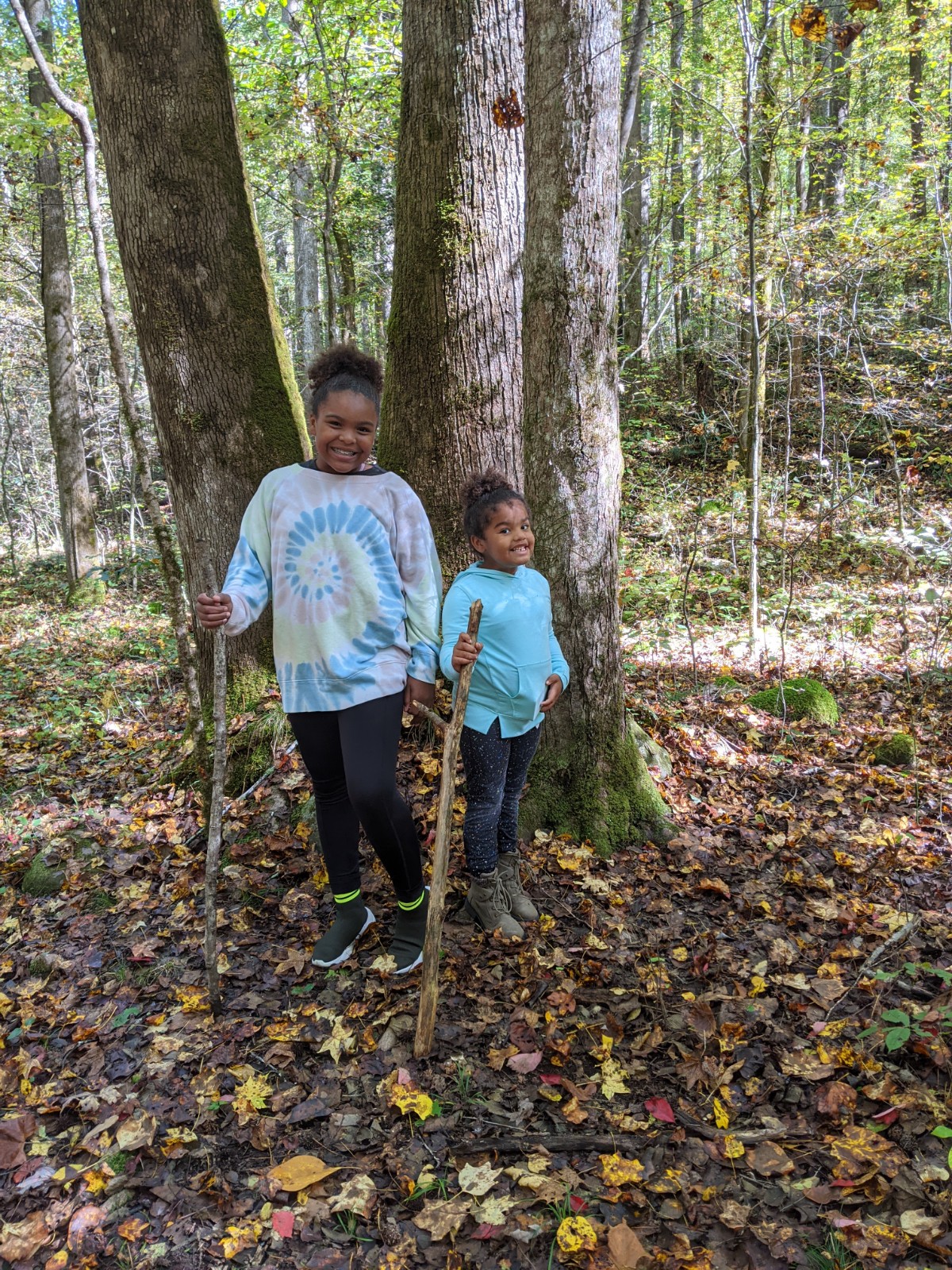Smoke on the Horizon: managing Healthy Forest Ecosystems

Submitted by Kayla Stuart, Knoxville TN- A blog about controlled burns.
I was getting out of town to visit my brother in Nashville when traffic started to slow eventually turning into a creep along I-40 W. After a few miles I was able to see hazard lights, smoke, and hard hats. I anticipated seeing scattered debris from a recent car accident, but there wasn’t any. Instead, I see a modest crew of people scouring the hillside of a foliage covered ground with moderate red flames lit all around. Lost ecosystems, climate change, and decreased carbon sequestration are my thoughts when I envision deforestation in any form. So you can imagine the draw on my face when I see the hillside ablaze here in East Tennessee! ‘How can humanity let a forest burn!?’ says the environmentalist in me. This made me curious, and had not left the shadows of my mental sky until recently when I was educated on controlled burns. The words seemed to antagonize each other, however through my research I have found reasoning and rationale behind this necessary process.
In my native region of East Tennessee I found out that we have several biologically invasive species from trees, to beetles, to moths and more. As a newly induced student of forestry I used my resources to take a deeper dive into these wildly fascinating controlled burns. In science, it is understood that microorganisms run the living world! There are unseen microbial battles and relationships going from the depths of the soil to the tops of the trees. Biodiversity is mandatory for a healthy food chain, but that balance can and will be offset if an invader out competes the native life. Through our anthropogenic ways dating back thousands of years, fires have provided that management. This process is executed with precision and backed by science. It is necessary. Humans finding a solution for a problem we likely created? Sounds about par for the course! However, this is not a modern practice; there is a deeply rich history and nobility behind these prescribed fires. Tom Tidwell, former Forester Chief under the USDA, made a speech that outlined the cohesive strategy triangle for fire management which is, in short, to restore ecosystems, build fire adapted human communities, and to respond appropriately to wildfires.
Dust off your boots after a hike, know your native and invasive species, and most importantly do your research. These are effortless ways us humans can allow nature to be nature. Knowing more about fire management in forests has provided me solace and gratitude for the people that dedicate their lives to the biodiversity of the planet. I have two young daughters who love to hike and be in nature so when the opportunity arises to fill their noggins with science, I take heed and pour out my knowledge. Please do the same.
To learn more: https://www.fs.usda.gov/speeches/thinking-mountain-about-fire

Recent Comments